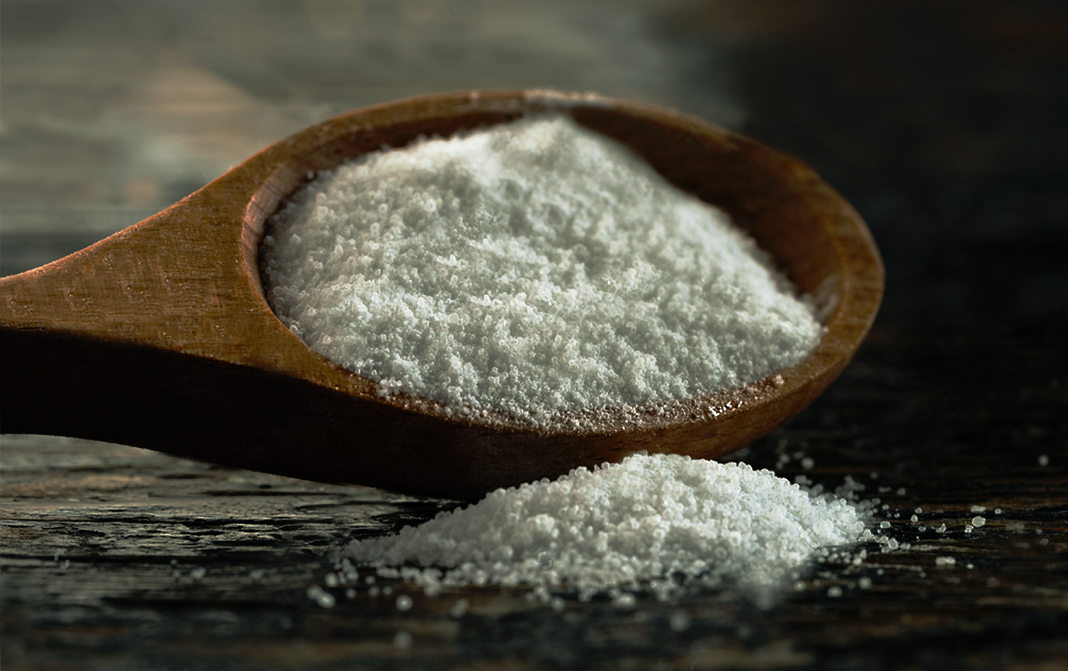


Store always in a cool place and away from strong oxidants (like carbon dioxide, hydrogen peroxide), strong bases and acids (like potassium hydroxide, sodium hydroxide, hydrogen chloride, and sulphuric acid).
Breathing ammonium bicarbonate can cause irritation to the nose, throat, and lungs leading to coughing, wheezing and shortness of breath. However, on repeated exposure, bronchitis may develop accompanied by cough and shortness of breath.(1) Contact with eyes or skin may also result in irritation.(2)
- Disclaimer
"Information here is provided for discussion and educational purposes only. It is not intended as medical advice or product or ingredient review/rating. The information may not apply to you and before you use or take any action, you should contact the manufacturer, seller, medical, dietary, fitness or other professional. If you utilize any information provided here, you do so at your own risk and you waive any right against Culinary Communications Private Limited, its affiliates, officers, directors, employees or representatives.”
Description
Ammonium Bicarbonate is a food additive which has been in use since a long time for its leavening properties. It is a white crystalline powder used mainly as a raising agent in baked products. It releases gas and, at the same time, increases batter and dough volume for baked goods. At first, it was made from the ground antlers of reindeer. It is obtained by combining carbon dioxide with ammonia and on degradation it results in carbon dioxide, water, and ammonia. It is less used now-a-days as baking powder is more preferred than Ammonium bicarbonate as its safer and yield better results.